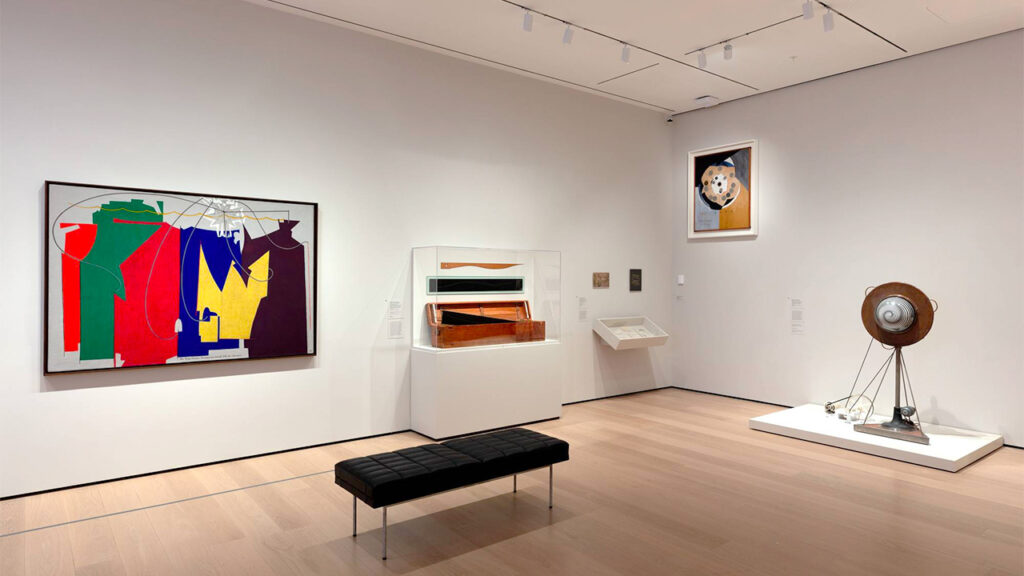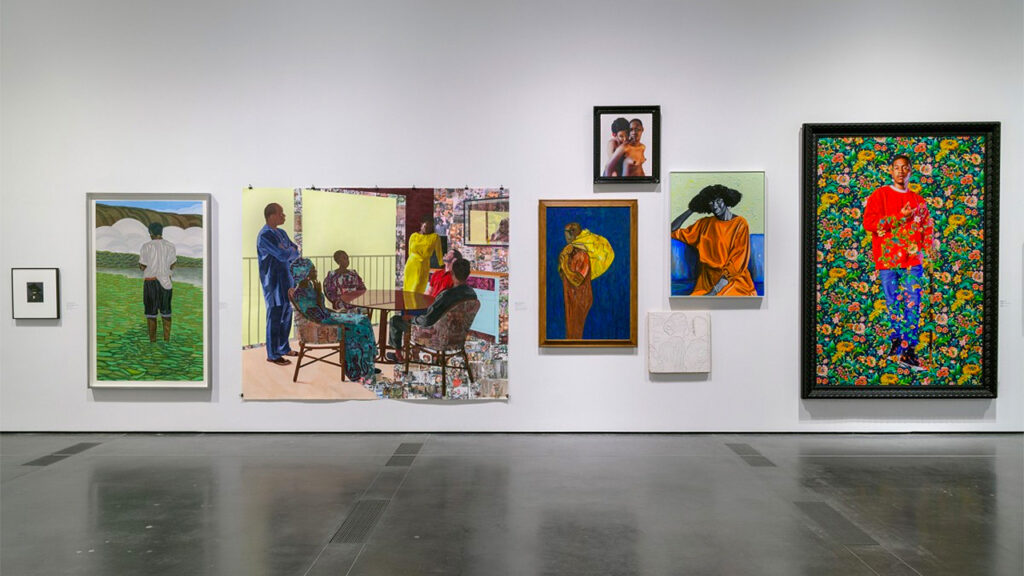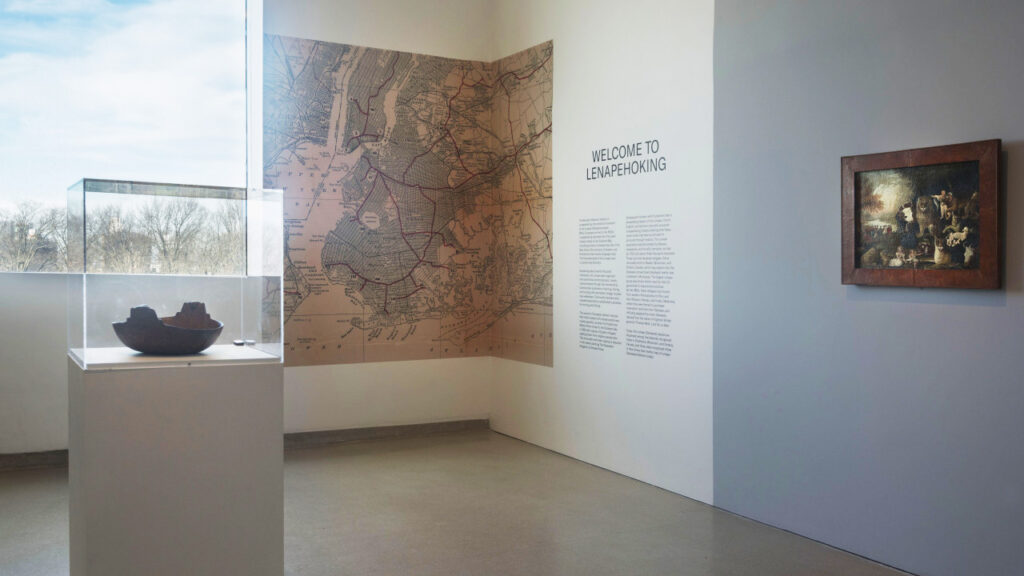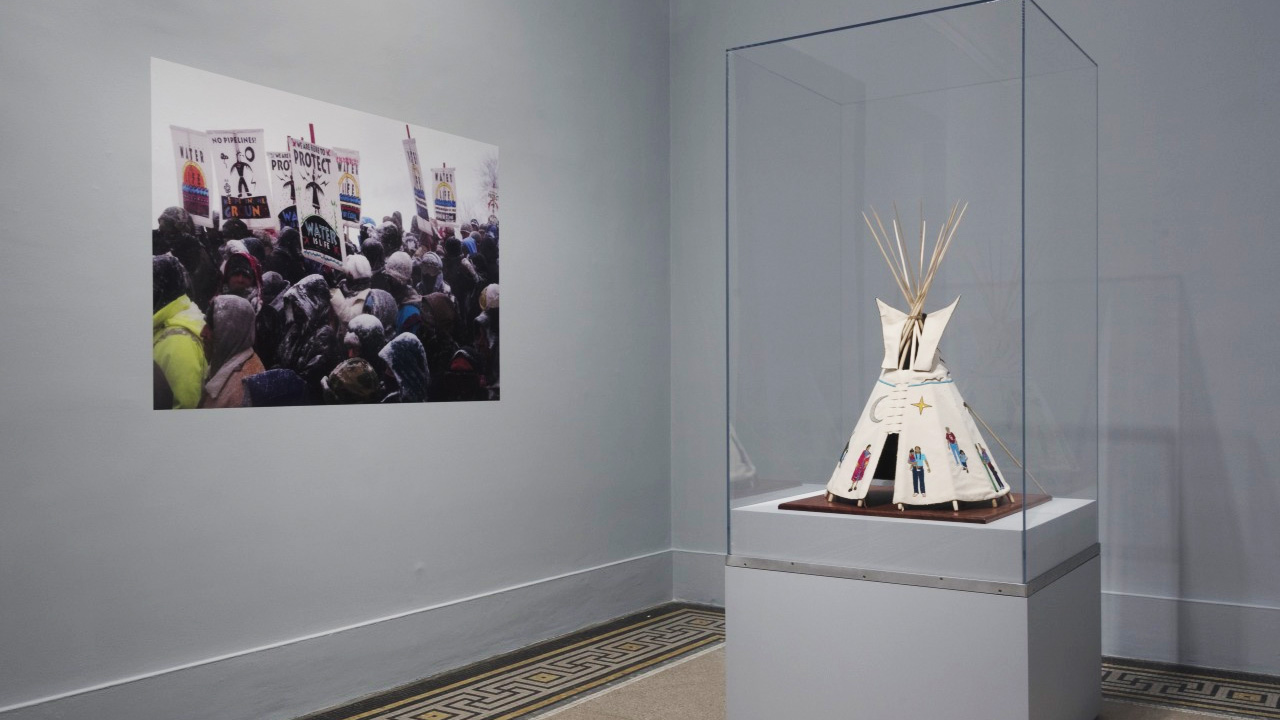Against the backdrop of a global social reckoning, calls for institutions to diversify their collections, repatriate illicit cultural artifacts, and deconstruct historically accepted narratives have recently grown acute — with some encouraging responses. But the project to decolonize and reclaim the museum has been bubbling long before this moment. And it still has a long way to go in fundamentally shifting the role of institutions to be less temples to colonial desire and acquisition, and more inclusive spaces that serve and represent their communities.
Timely enough, the Asia Society’s 2021 Arts & Museum Summit arrived with the theme, Reimagining Museum Narratives in the 21st Century. From November 17 to 19, the conference gathered artists, curators, and cultural professionals to discuss how institutions might reform museum practices for a post-colonial future. It’s an urgent issue, as Apinan Poshyananda, Chief Executive of the Bangkok Art Biennale, starkly pointed out in his closing keynote: to meet the contemporary moment and a socially responsive audience, “museums have got to change” or risk becoming “fossilized.”
Transforming long-held museological attitudes remains a massive undertaking, but as the Summit revealed, one in which some organizations have made significant headway. Below are three ways museums have reevaluated their roles, outreach, and curatorial efforts.
Evolving the gallery

Installation view of the gallery According to the Laws of Chance at the Museum of Modern Art. Image: Robert Gerhardt, © 2021 MoMA, N.Y.
Following a major renovation in 2019, the Museum of Modern Art (MoMA) reopened with a fresh face and a radical curatorial gambit: to depart from “the ism” for “a greater number of curatorial voices and a more diverse cohort of artists on view,” said Sarah Suzuki, the museum’s Deputy Director for Curatorial Affairs. That meant deconstructing historical art canons to showcase works across disciplines and perspectives. Replacing departmental groupings are collections galleries that are broadly themed and decentralized, where painting sits with photography, and Paul Cézanne might mingle with George Ohr.
While chronology remains a constant, the galleries emphasize “there is no one starting point, no one way for us to be thinking about how our collection and stories begin,” said Suzuki. Instead, MoMA’s dynamic curatorial strategy aims to embrace and underscore the complexity of art history. “There is no one narrative,” Suzuki added, “but in fact, myriad and multiple ones.”
Cultivating donor diversity

“I believe encyclopedic museum need to look beyond public facing curatorial program and consider less visible elements of the arts ecosystem, including private philanthropy,” said Jennifer King at Asia Society’s 2021 Arts & Museum Summit. Image: Black American Portraits at LACMA
Diversity now cornerstones most museums’ missions. But “the diversity pipeline,” said Jennifer King, Associate Curator at the Los Angeles County Museum of Art (LACMA), is “only a small component of what needs to be a holistic effort.” In particular, she highlighted the need to discuss inclusion and accessibility as they pertain to fundraising. Financial support is not the entire goal, but diversifying the patron base, so that museum-donor discussions around leadership roles, programming priorities, and membership encompass a broad set of perspectives.
For its current exhibitions, the Obama Portraits Tour and Black American Portraits, LACMA piloted a patron program with an accessible donation threshold, accompanied by a nine months-long donor outreach. Where an exhibition might typically see zero to two individual backers, these shows recorded 33 donors, many first-time and Black donors who understood that “their support mirrors the programmatic imperative.” It’s a model that King sees as ripe for expansion. “Black, Latinx, and Asian donors are all underrepresented in the donor community,” she said, “but that’s something that can change and is changing.”
Acting with the community

Brooklyn Museum’s Welcome to Lenapehoking installation, developed in consultation with Lenape leaders, at the entrance to its American Art galleries. Image: Brooklyn Museum
Land acknowledgement statements have become de rigueur for organizations recognizing their occupation of Native territory, but however important, could end up becoming tokenistic gestures. It’s why the Brooklyn Museum, in addition to developing its land acknowledgement statement, sought ways to more meaningfully engage with the Lenape Nations, on whose ancestral homeland it currently sits. In October 2019, the museum convened a two-day workshop with five federally recognized tribes and eight Brooklyn institutions to discuss how cultural venues can implement living land acknowledgement projects.
With takeaways from the workshop, the Brooklyn Museum reinstalled its American Art galleries to foreground Lenape voices “to address different visions of land, abolition, labor, and identity in the United States,” said Nancy Rosoff, the museum’s Andrew W. Mellon Senior Curator. Its current Climate In Crisis exhibition, too, situates the current climate emergency on a 500-year timeline of environmental colonialism that first impacted Indigenous ways of life. “Courageous conversations” drive the museum’s civic action, noted Rosoff, but they should also be accompanied by “ongoing evaluation, community engagement, and internal reflection.”



